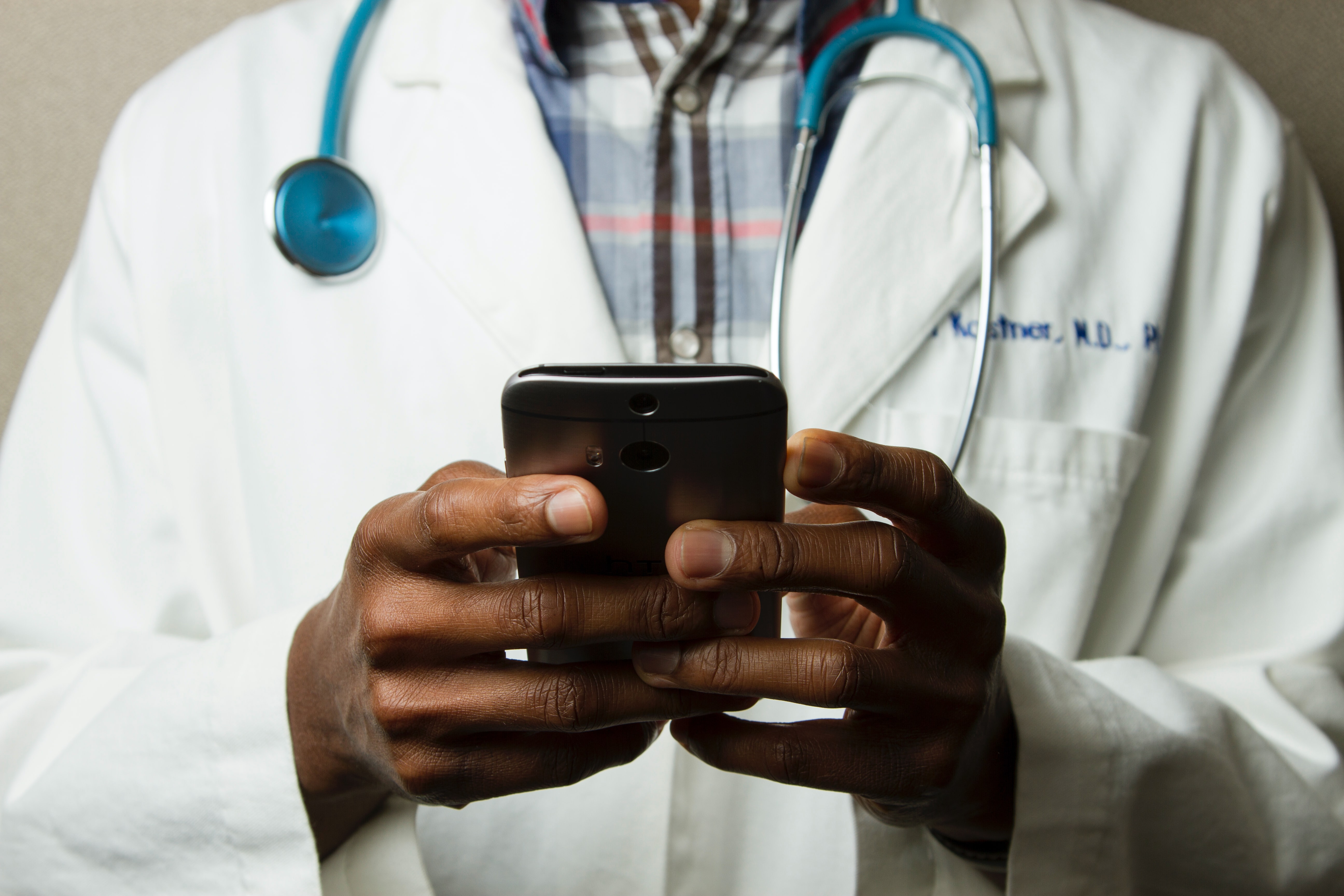 Millions of patients and doctors are using telehealth for the first time and likely will continue doing so for the foreseeable future. Although the end of COVID-19 is not yet in sight, patients continue to need routine medical and mental health care.
Millions of patients and doctors are using telehealth for the first time and likely will continue doing so for the foreseeable future. Although the end of COVID-19 is not yet in sight, patients continue to need routine medical and mental health care.
The benefits of technology are beyond what we could have imagined decades ago, but we experience cognitive overload due our dependence on technology, which brings a new set of health problems. A recent article on FierceHealthcare.com addressed this by suggesting the adoption of human-centered design (HCD) practices to create “simple, seamless and stress-free health experiences for people,” improving the overall experience with telehealth.
When we think of users in the telemedicine space, we have to remember that our mental health and healthcare professionals were not necessarily trained in technology solutions. “With telehealth, information needs to be accurate and easy to input,” said Dr. Errord Jarrett, Managing Director of Jarrett MedTech Consultants. “This means the graphic user interface for the healthcare professional has to be designed with them in mind so they submit good data." Meredith Castin, a graphic designer and physical therapist with The Non-Clinical PT, points to electronic medical records and how they were associated with burnout among healthcare providers. “It's essential that we learn from the mistakes made during the early days of electronic records,” said Castin. “Avoiding redundant information, focusing on ease of use, and minimizing unnecessary or distracting options during the session will be key to successful telehealth solutions.”
Vladlen Shulepov, CEO at Riseapps, agrees with the benefits of using of HCD for telehealth, but notes that any eHealth solution has to be easy to use for both patients and providers and cater to individual needs. Shulepov says, “Professionals need a tool that has all the necessary functions, yet is not cluttered, and patients need to familiarize themselves with the software quickly.” Patients are already burdened with a health struggle when they contact a provider and don’t need the additional challenge with accessing services.
People developing telehealth solutions also have to remember that “patients” represents a range of people, in terms of demographics, tech-savviness, and presenting problems. This is why solutions need to segment their audiences. Shulepov notes that “older people are usually not as familiar with technology, so telemedicine apps and websites for them should be as simple and intuitive as possible."
Castin believes many of the new telehealth platforms were not designed with older and disabled populations in mind. She says, “The text is small, the buttons are not intuitive (meaning they don't slightly brighten when hovered upon), and you have to zig zag across the screen and back unnecessarily. Considering that many people who will use telehealth are disabled and elderly, a human-centered design is key. A truly good design will not just be accessible to all, it will truly be user friendly and minimize excess clicks and typing.”
Castin is also concerned about the relationship between patients and providers as providers may be less hands-on during some of their assessments and treatments. “For some professions, this is not an issue, but others need to determine if equivalent care can be delivered remotely,” said Castin.
With the COVID-19 pandemic, telehealth is becoming more common across all professions, including mental health, and all providers need a straightforward digital solution. Shulepov says “The prototyping and testing [that are part of HCD] are crucial for digital health solutions, so getting feedback from real providers is a great way to make sure that the software is well-designed.”
Ultimately, Shulepov says that “Applying HCD means making sure the application or website meets patient expectations and fulfills its duty. And in the end, that’s what digital medical solutions are for - helping people and making their lives easier.”
Tina Arnoldi, MA is a marketing consultant and freelance writer in Charleston SC. Learn more about her and connect at TinaArnoldi.com